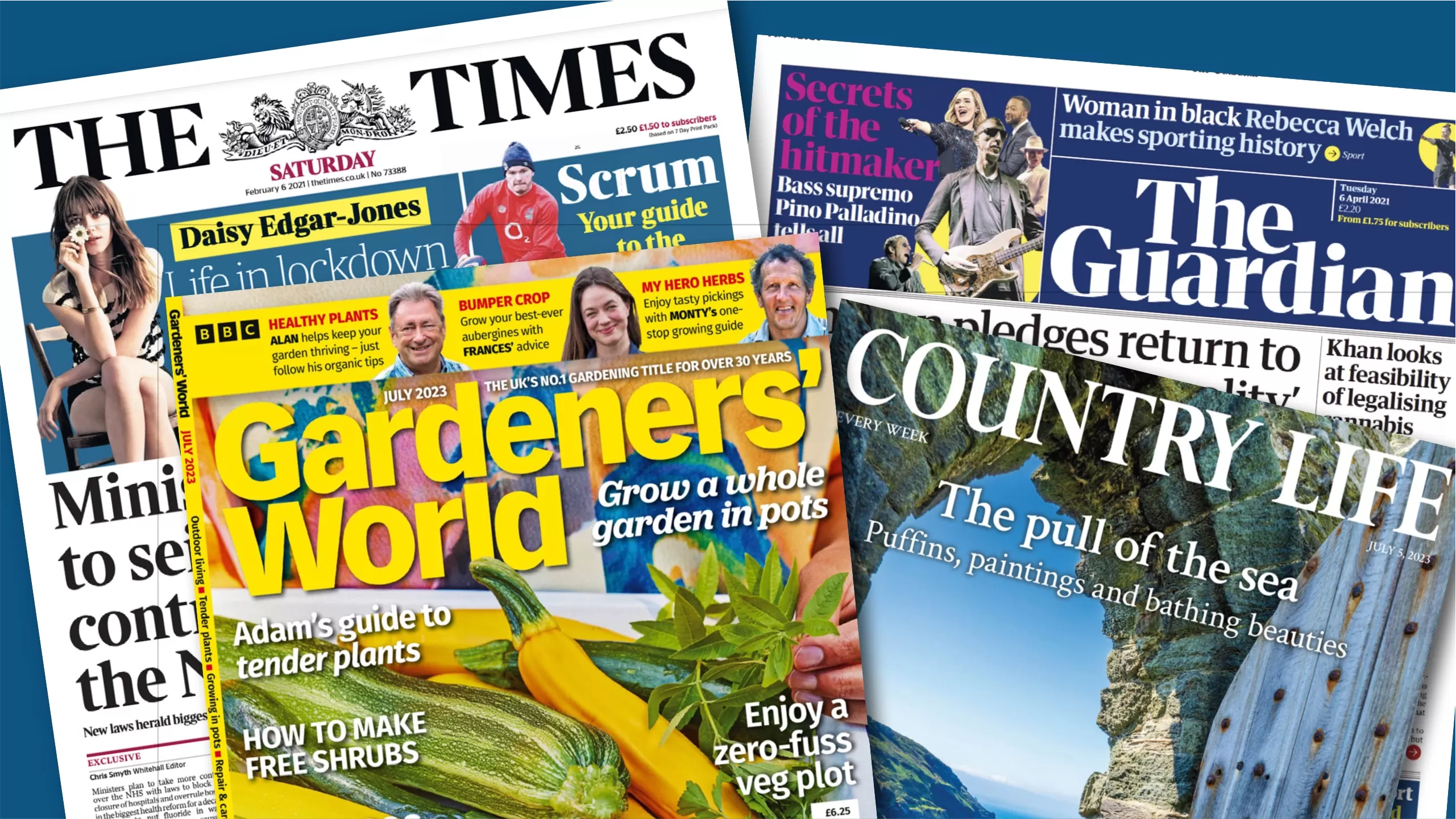
The Power of Full-Page Ads in Newspapers and Magazines: Unveiling the Impact
In today’s digital age, where online advertising and social media campaigns dominate the marketing landscape, the effectiveness of traditional print media advertising might be overlooked. However, full-page ads in newspapers and magazines continue to be a powerful tool in the marketer’s arsenal. In this blog post, we’ll explore the impact of full-page ads in print media and shed light on the key differences between display ads and classified ads.
The Effectiveness of Full-Page Ads
Full-page ads, those that occupy an entire page in newspapers and magazines, have stood the test of time for a reason. They offer several advantages that make them highly effective:
- Visual Impact: One of the most significant advantages of full-page ads is their visual appeal. They can use high-quality images, graphics, and typography to create a stunning visual impact. This visual allure can capture readers’ attention and leave a lasting impression.
- Space for Storytelling: Full-page ads provide ample space for storytelling. Marketers can craft a compelling narrative or showcase a product’s features and benefits in detail. This storytelling ability allows brands to connect with their audience on a deeper level.
- Credibility and Trust: Being featured in established newspapers or magazines adds a level of credibility and trustworthiness to the advertised product or service. Readers often associate print media with reliability, which can positively influence their perception of the brand.
- Targeted Audience: Print publications often have well-defined demographics and readerships. Marketers can choose magazines or newspapers that align with their target audience, ensuring their message reaches the right people.
- Longer Shelf Life: Print publications tend to linger in homes and offices, offering a longer shelf life compared to digital ads that can quickly disappear in the online noise. This extended exposure can boost brand recall.
Display Ads vs. Classified Ads
Before delving deeper into the effectiveness of full-page ads, it’s essential to understand the distinctions between display ads and classified ads, as both are commonly used in print media:
Display Ads:
- Display ads are visually engaging advertisements that are often larger and more creatively designed.
- They can appear anywhere in a newspaper or magazine and are usually placed alongside editorial content.
- Display ads are effective for brand awareness, product launches, and storytelling.
- These ads are typically more expensive due to their premium placement and creative design.
Classified Ads:
- Classified ads are typically text-based and are sorted into specific categories like “Jobs,” “Real Estate,” or “For Sale.”
- They are smaller in size and less visually appealing compared to display ads.
- Classified ads are cost-effective and are commonly used for advertising goods, services, or job listings.
- They serve a functional purpose, aiming to reach individuals looking for specific products or services.
Full-page ads in newspapers and magazines remain a potent advertising tool, offering visual impact, storytelling potential, and a level of credibility that can enhance brand perception. While digital advertising has its merits, print media advertising, when executed strategically, can complement online efforts and reach a different audience segment. Understanding the differences between display ads and classified ads in print media allows marketers to choose the right approach for their advertising goals. In a world of ever-evolving advertising platforms, the staying power of full-page ads in print media is a testament to their enduring effectiveness.